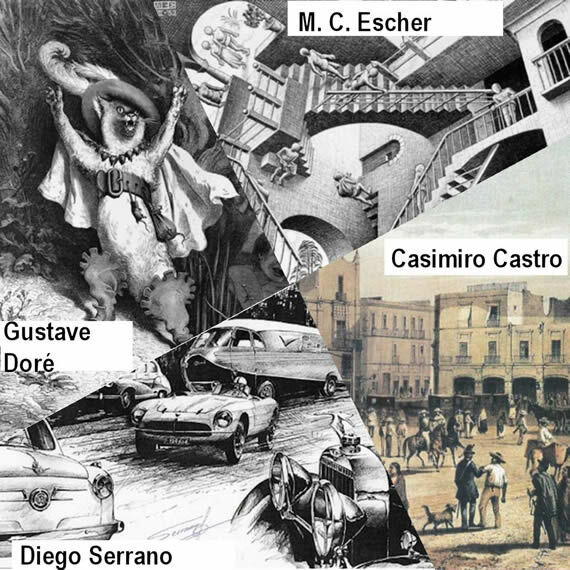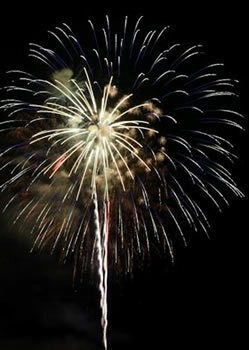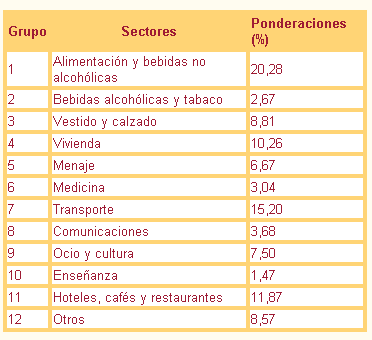Lithography Features
Art / / July 04, 2021
Is named lithography to a type of impression that is made by means of a negative engraving that is made in limestone.
It emerged in the 18th century and its principle is based on the rejection of water on fat, causing the area inked with liquid ink to be engraved on the paper and the fat area remaining undyed.
7 Characteristics of lithography:
1. Origin of lithography
It was created by Aloys Senefelder, noting that the areas where he marked with grease did not appear when inking and the areas without grease marked an engraving on the paper.
2. The art of lithography
It was considered as art when used by Henri de Toulose-Lautrec, giving rise to lithography as art and as a support for printing.
3.- Diffusion
Lithography was a more perfect and accelerated way of printing engravings than painting, achieving serial printing.
4.- Types
In lithographs there are different types, first being the monochrome lithographs, which are the ones that are used initially, later the colored lithographs were created, which needed more elaboration.
There are the photolithographs, that were engraved by specialized artists and that were later printed with printing machinery.
5.- Uses of lithography
Lithographs were used as a method of communication in images, a simple impression, but later they formed two main branches:
- Art e
- Printing.
Art.- The art consists of open-path lithographs, where the artist reflected his personal ideas and criteria, basically it has no limits and different techniques and colors were used.
Printing.- The printing press used lithography a lot to expose the images inside the books, it was the simplest way to print scenes inside books which popularized it as sheets within books, being widely used in printers from the 19th century until the entry of printers modern.
6.- Shape
The shape and structure of the lithograph required a lot of work on the part of the artist, especially when it comes to lithography for printing, since a reverse engraving had to be made, or the reproduction of a photograph or painting in the form reverse.
The artist had to think practically backwards, as if he wrote on the back of a glass so that the readers would see it to the right.
7.- Materials
Although the initial material of the lithography was stone, it was later replaced by sheet or plastic plates. These had to be engraved, inked and rectified to ensure that the image is correct, and different plates had to be used for each color in a lithograph.




